LSTM Trader Assistant - AI-Powered Trading Support
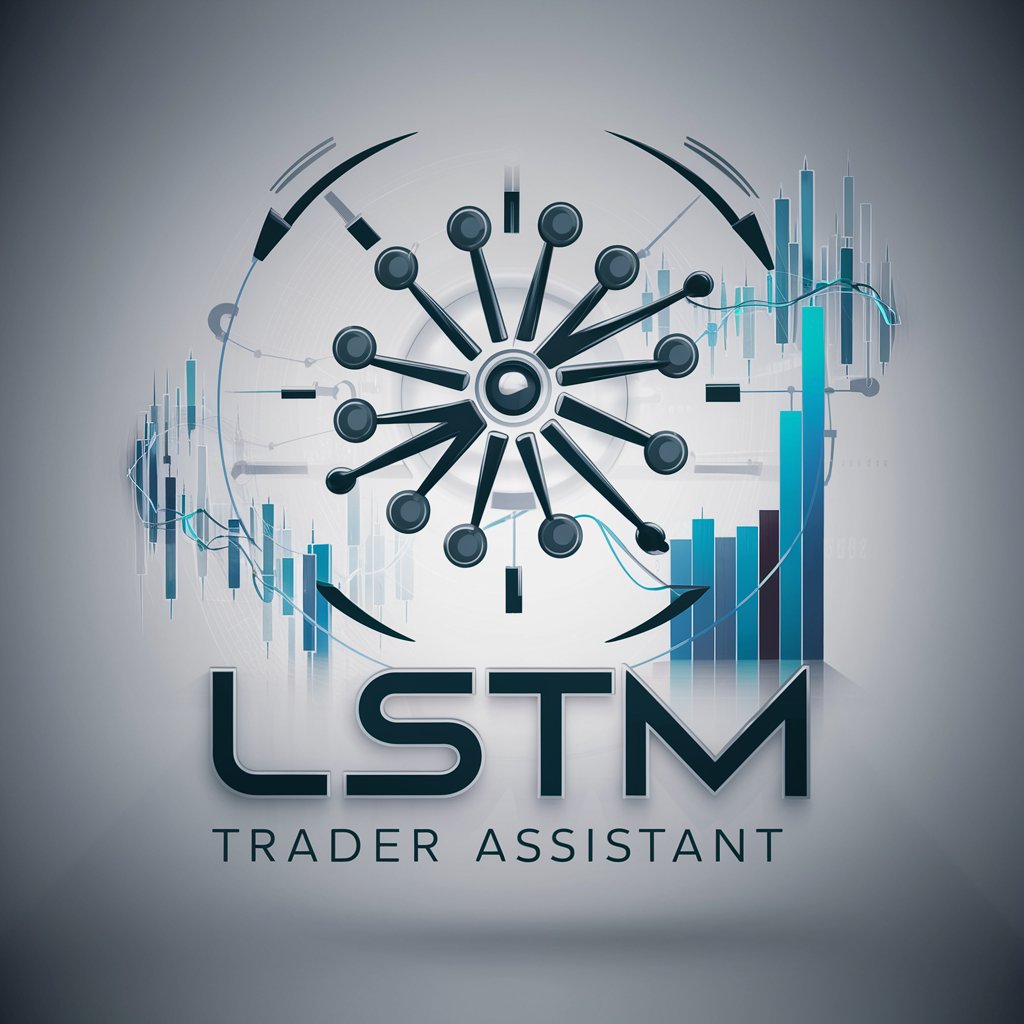
Welcome to LSTM Trader Assistant! Ready to enhance your trading strategies with LSTM models?
Optimize trading with AI-powered analysis
How do I start building an LSTM model for stock price prediction?
Can you provide a code snippet for preprocessing financial data for LSTM?
What are the best practices for optimizing an LSTM trading algorithm?
How can I evaluate the performance of my LSTM trading model?
Get Embed Code
Overview of LSTM Trader Assistant
The LSTM Trader Assistant is designed to be a specialized resource for individuals and organizations involved in the development of trading algorithms, particularly those utilizing Long Short-Term Memory (LSTM) networks, a type of recurrent neural network (RNN) suited for time-series data analysis. This tool aids in the conceptualization, design, and refinement of LSTM-based trading models by offering expertise in financial data preprocessing, feature engineering, model architecture design, hyperparameter tuning, and evaluation strategies. It caters to a range of technical skill levels, from beginners needing guidance on basic concepts to advanced users looking for optimization techniques. For example, it can assist in setting up an LSTM network to predict stock prices based on historical data, incorporating factors like price movements, volume, and potentially external indicators such as economic variables. Powered by ChatGPT-4o。

Core Functions of LSTM Trader Assistant
Data Preprocessing and Feature Engineering
Example
Normalizing stock price data and creating technical indicators as features.
Scenario
A user wants to develop an LSTM model to forecast future stock prices. The assistant guides through the process of adjusting price data to a consistent scale and generating features like moving averages or RSI to enhance the model's input data.
LSTM Model Architecture Design
Example
Configuring an LSTM model with multiple layers and dropout for regularization.
Scenario
An advanced user seeks to refine their existing model to improve accuracy. The assistant suggests a multi-layered LSTM architecture with dropout layers to prevent overfitting, including code snippets and parameter guidance.
Hyperparameter Tuning and Optimization
Example
Exploring different learning rates, batch sizes, and numbers of epochs to find the optimal settings.
Scenario
A user is struggling with model convergence and seeks advice on tuning hyperparameters. The assistant provides strategies for systematic experimentation with learning rates, batch sizes, and epochs, possibly utilizing tools like grid search or random search.
Model Evaluation and Backtesting
Example
Using metrics like RMSE for regression tasks or accuracy for classification, alongside backtesting on historical data.
Scenario
After training a model, a user needs to assess its performance. The assistant explains how to compute evaluation metrics and perform backtesting, ensuring the model's effectiveness in realistic trading scenarios.
Integration with Trading Strategies
Example
Incorporating LSTM model predictions into rule-based or quantitative trading strategies.
Scenario
A user wants to use their LSTM model's output to make actual trades. The assistant outlines how to integrate model predictions with existing trading strategies, including risk management and execution details.
Target User Groups for LSTM Trader Assistant
Quantitative Analysts and Developers
Professionals who specialize in quantitative analysis and algorithmic trading development. They would benefit from the assistant's ability to provide advanced insights into LSTM models and their application in predicting financial market movements.
Academic Researchers
Individuals in academia focusing on finance, economics, or computer science, particularly those researching machine learning applications in financial markets. The assistant offers a rich resource for experimental design, data analysis, and model evaluation.
Hobbyist Traders with a Technical Background
Tech-savvy traders looking to explore algorithmic trading as a hobby or potential income source. The assistant can demystify the complexities of LSTM models, making advanced trading techniques more accessible.
Financial Institutions
Banks, hedge funds, and other financial institutions aiming to enhance their trading algorithms with machine learning. The assistant provides a scalable resource for teams to leverage LSTM networks in their strategies.

How to Use LSTM Trader Assistant
Start Your Journey
Begin by visiting yeschat.ai to access LSTM Trader Assistant for a free trial, with no need to log in or subscribe to ChatGPT Plus.
Identify Your Needs
Clarify your objectives with trading algorithms. Whether you're optimizing existing strategies or developing new ones, understanding your goals is crucial.
Gather Your Data
Prepare your financial data. LSTM models require historical price and volume data, among other indicators, depending on your strategy.
Interact with LSTM Trader Assistant
Ask specific questions about LSTM implementation, data preprocessing, or model optimization. The assistant can provide code snippets, advice on parameter tuning, and best practices for backtesting.
Apply and Iterate
Use the insights and code provided to build and refine your trading models. Iteration is key to developing a successful algorithm.
Try other advanced and practical GPTs
Health and Wellness Content Development
Empowering Health Education with AI

Usability Analyst
Elevate design with AI-powered usability insights
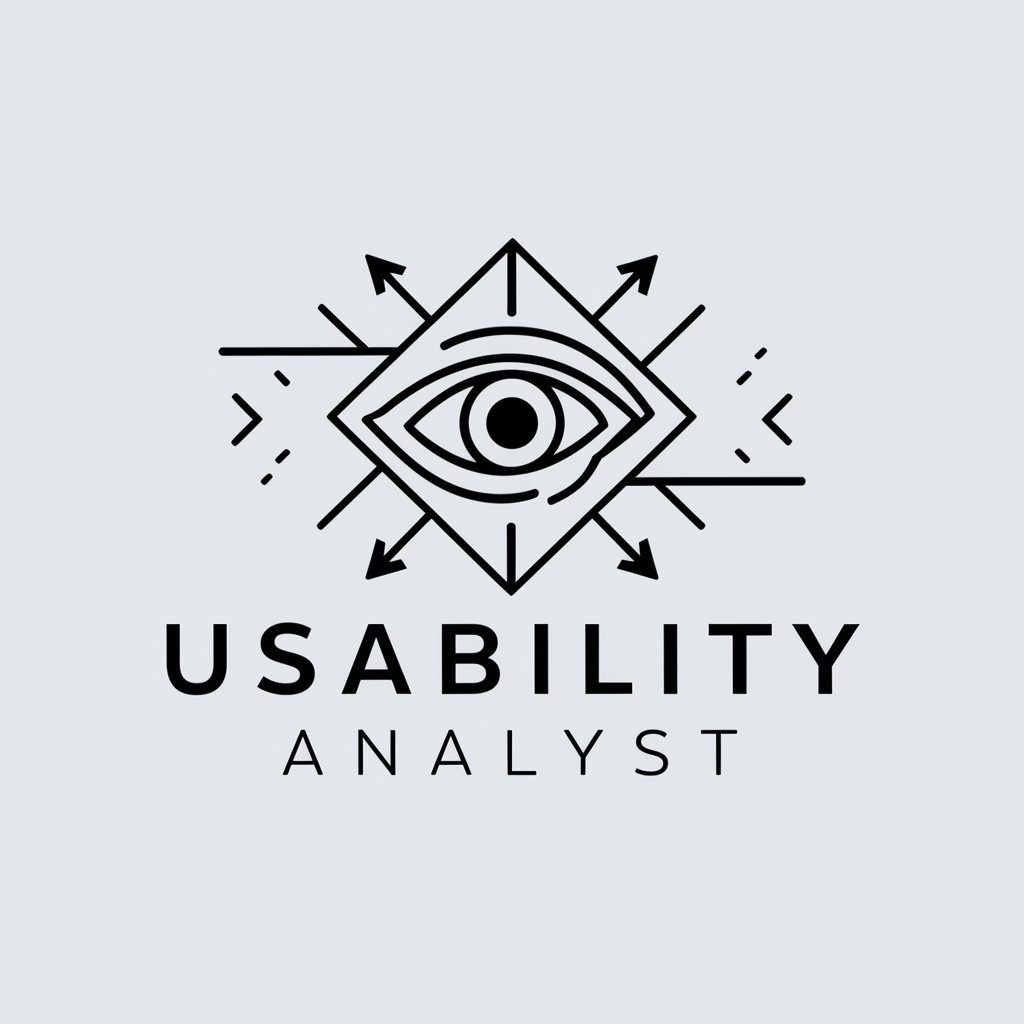
Streamline Guide
Personalized viewing, powered by AI
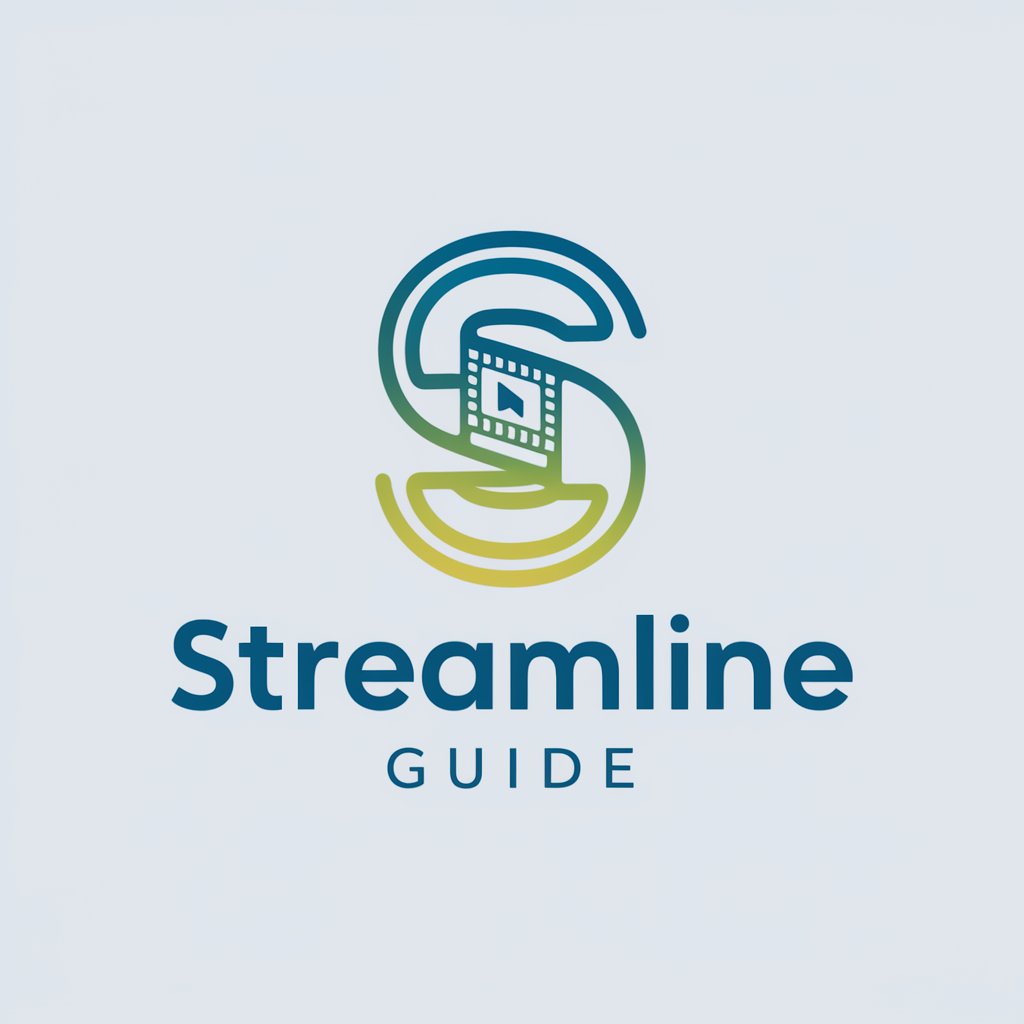
Subtle
Bringing AI-powered Humanity to Text

SynthAI Research
Empowering research with AI expertise
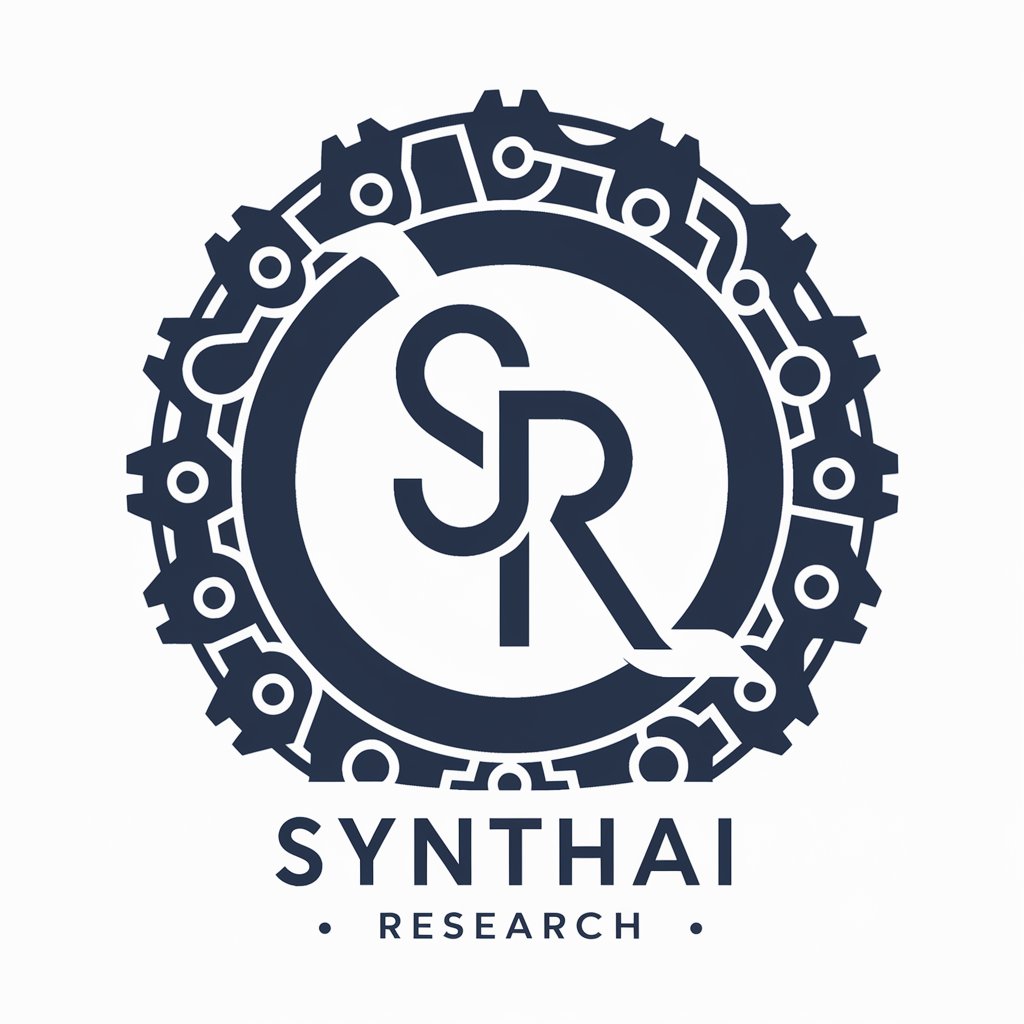
The Listener
Empowering decisions with AI insight
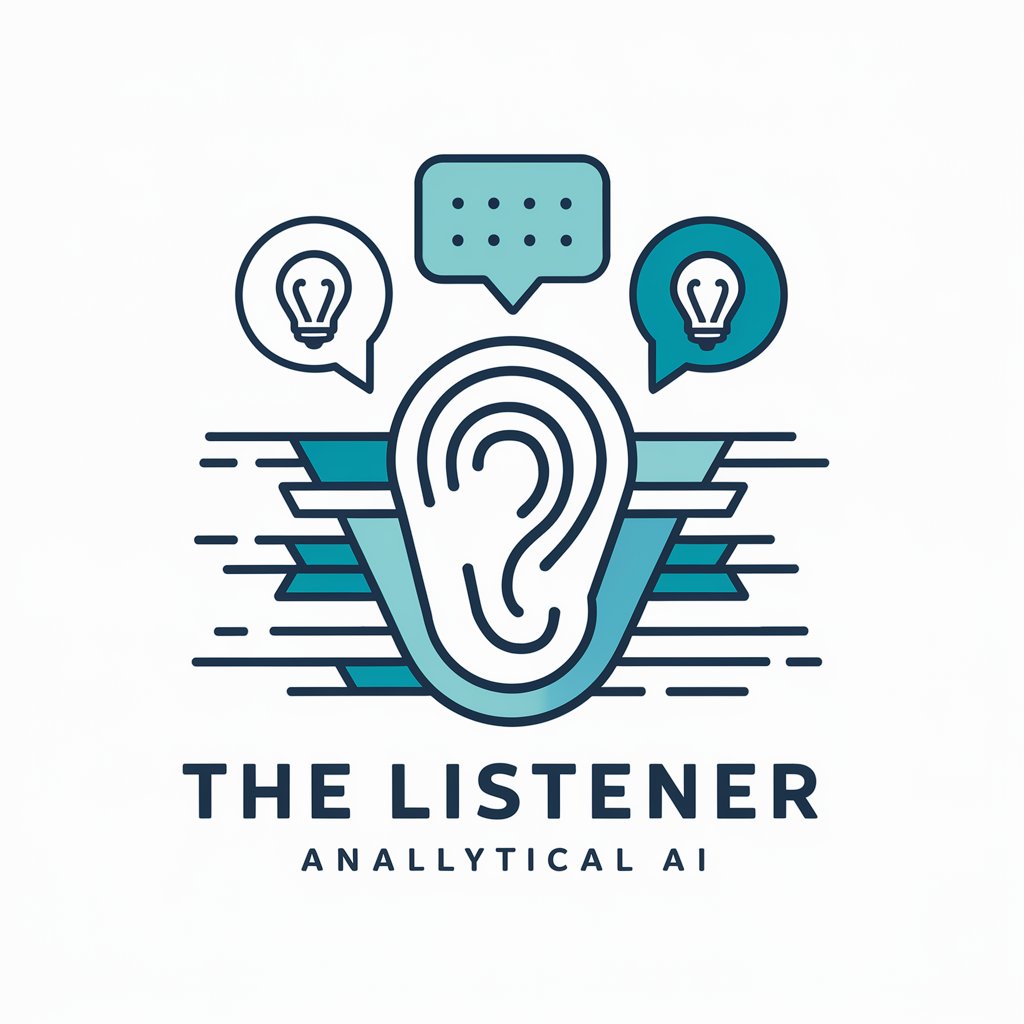
Charity Insight AI
Empowering Ethical Donations with AI

Artículo Asistente
Empowering Your Scientific Writing with AI

Season's Gratings
Elevate holidays with AI-powered creativity

insight
Unleashing Insights with AI Power

Emre Timur
Architecting Your Success with AI

Customer Loyalty
Empowering customer loyalty with AI

Frequently Asked Questions About LSTM Trader Assistant
What is LSTM Trader Assistant?
LSTM Trader Assistant is an AI-powered tool designed to support the development of LSTM-based trading algorithms, providing expertise in financial data analysis, machine learning, and algorithmic trading.
How can LSTM Trader Assistant improve my trading algorithm?
The assistant offers guidance on LSTM model implementation, including data preprocessing, model architecture design, parameter tuning, and evaluation, to optimize your trading strategies.
What type of data do I need to use this tool?
You need historical trading data, including prices, volumes, and any other indicators relevant to your strategy. The quality and granularity of your data can significantly impact model performance.
Can LSTM Trader Assistant predict stock prices?
While the assistant can help develop models for predicting stock prices, it focuses on the technical aspects of LSTM implementation rather than making specific financial predictions.
Is programming knowledge required to use LSTM Trader Assistant?
Basic programming knowledge, especially in Python, is beneficial as the assistant provides code snippets and technical advice for implementing LSTM models.
